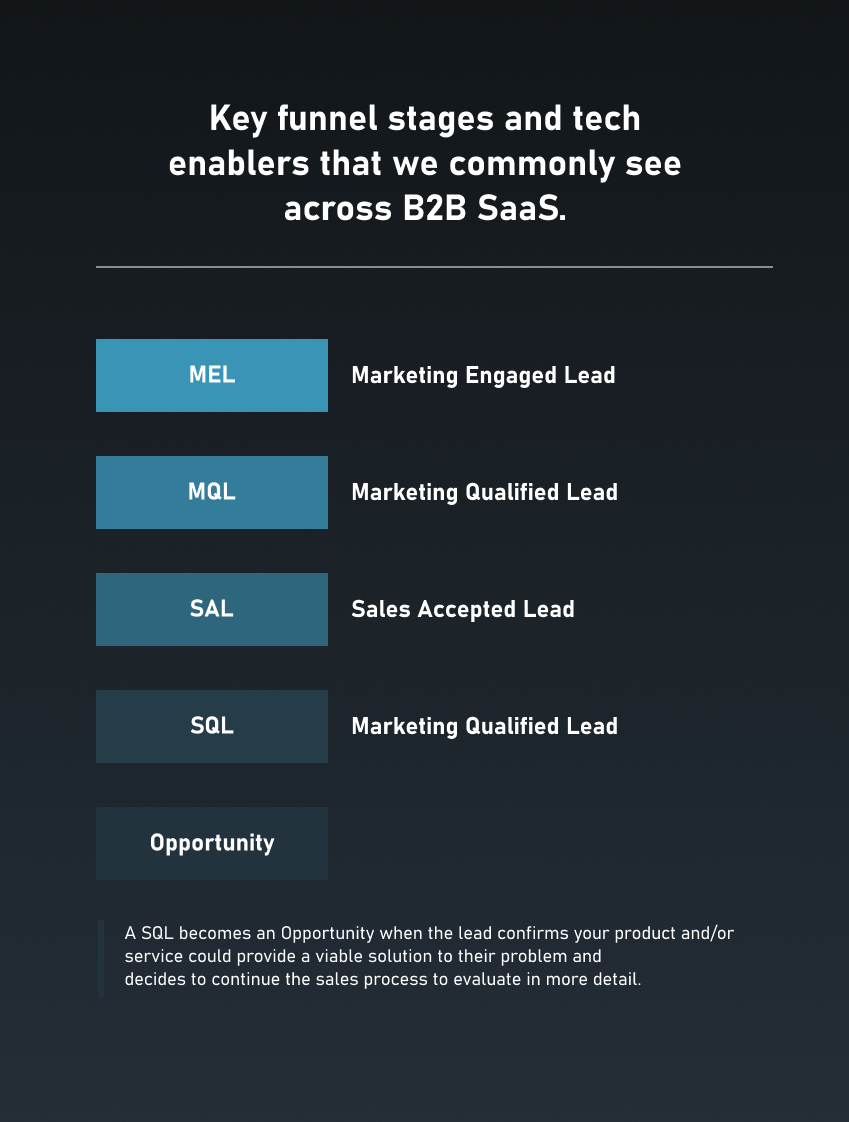Market Reach vs. User Experience: The Growth Paradox
- Rebecca
- Mar 18
- 2 min read

Market reach is often associated with success, but it does not necessarily equate to a strong user experience. Many widely adopted tools have managed to dominate the market despite receiving relatively low Net Promoter Scores (NPS). This paradox raises important questions about how companies prioritize growth over user satisfaction and what factors contribute to these trends.
The Law of Large Numbers and NPS Scores
One of the main reasons why market-leading tools may have lower NPS scores is the law of large numbers. As the number of users and reviews increases, the overall score tends to normalize, moving closer to the industry average. This happens because:
A diverse user base leads to a wider range of opinions, diluting strong positive or negative feedback.
Established products attract a mix of early adopters, mainstream users, and late adopters, who may have varying expectations and levels of satisfaction.
As products scale, maintaining a consistently excellent user experience becomes more challenging due to differing use cases and customer needs.
Why Product-Led Growth Companies Stand Out
Despite this trend, many of today’s fastest-growing tools are product-led growth (PLG) companies—businesses that prioritize user experience to drive adoption and expansion from the ground up. PLG companies focus on:
✅ Seamless onboarding to reduce friction for new users.✅ Intuitive design to encourage engagement without requiring extensive training.✅ Self-serve capabilities that allow users to explore and realize value independently.
Unlike traditional enterprise software, where adoption often relies on top-down decision-making, PLG companies thrive on bottom-up growth. Individual users and small teams start using the tool, leading to organic expansion within organizations.
The Dominance of Revenue Enablement & Collaboration Tools
Certain categories of SaaS products have seen rapid adoption in recent years, particularly revenue enablement and collaboration tools. These include:
Revenue enablement platforms: Sales and marketing automation tools that streamline customer acquisition and retention.
Collaboration tools: Workplace productivity and communication apps that facilitate remote and hybrid work environments.
Based on the same factors, some common qualities mentioned in the top 20 fastest growing tools include:
Ease of use and implementation
Strong integration with supporting products
Immediate or near immediate ROI
Strong support team
Continual product enhancements
While market reach remains a strong indicator of success, it does not always reflect a superior user experience. Companies that adopt a product-led growth strategy and focus on user-centric design are better positioned to sustain long-term growth. In an era where software adoption is increasingly driven by user preference, the tools that prioritize seamless experiences will continue to outpace their competition.



